Sometime between her mid 20s and early 40s, MacKenzie Wells lost track of her health.
It began at age 25, when after struggling with infertility for five years, she and her husband adopted three young children.
All at once, they became a family of five.
Engulfed in new responsibilities, Wells went into survival mode.
She cooked a lot of pasta. Indulged in diet cola. Abandoned exercise. Put on weight.
Three years later, her doctor diagnosed Wells with Type 2 diabetes.
“I was really struggling during that time,” she said. “Our kids were little. … I was at my heaviest then.”
A former high school athlete, she lost some weight to stave off insulin dependence but couldn’t keep it off for the long term.
“I still had little kids, we were still cooking mac and cheese for them and I did not change my lifestyle,” said Wells, who lives in a home her family built on 3 acres west of Lake Odessa, Michigan.
“It’s like, ‘I’ll take care of myself later.’”
She recognized both her infertility and her diabetes as complications of polycystic ovary syndrome, or PCOS, an imbalance of reproductive hormones leading to irregular periods and other symptoms. Other women in her family share the same diagnosis.
Shedding pounds promised relief for some of her symptoms, but her attempts over the years to make lasting changes fell flat.
Life got in the way.
“I had been trying to put more effort in, but my life was so consuming at the time that I was like, ‘I’m doing my best, but I’m just not getting where you want me to be,” Wells told her providers at Spectrum Health Medical Group Diabetes and Endocrinology.
All the while, her need for insulin increased. Her providers proposed moving her to an insulin pump to give her relief from self-injecting up to six times a day.
Breaking point
By the time she turned 40, Wells reached a breaking point. She turned to her endocrinology team for help.
“I just kind of broke down. I’m like, ‘Listen, my life’s a mess,’” she said. “I have to take care of myself.”
Hearing her story, her diabetes specialist, Gail Friedrick, PA-C, suggested she meet with Kristi Paguio, LMSW, a behavioral health specialist who provides diabetic counseling to patients like Wells.
“Gail was like, ‘You’re suffering from something we call diabetic burnout,’” Wells said.
“Really what it meant is I was depressed.”
Working with Friedrick and Paguio became the first step on Wells’ journey to restored health.
“When you start to struggle with your insulin levels, depression is a real deal,” Wells said. “I didn’t see it in myself because I was trying to be Superwoman.”
Emboldened to keep advocating for herself, Wells took the next step: She asked her primary care provider, Laurie Braker, MD, for help in finding a women’s health specialist—someone who could help her better navigate polycystic ovary syndrome in middle age.
“I just really want somebody who understands PCOS and will work with me on my issues,” Wells told her. “Two of my kids have reached adulthood, and I realized I can do this for myself now.”
New hope
Dr. Braker researched the options and referred Wells to Natasha Peoples, FNP, a specialist with the Spectrum Health Midlife, Menopause & Sexual Health team.
Peoples brought exactly the kind of knowledge and care Wells had hoped for.
“I just felt, like, easy right from the first moment I walked in with her. And she was kind and she listened—she listened to everything,” Wells said.
Peoples absorbed Wells’ concerns, reviewed her lab results, discussed her interconnected symptoms and explored possible solutions.
“She gave me a different perspective on myself that was like, ‘You can do this. There’s other ways,’” Wells said.
“She kind of gave me hope for myself.”
Polycystic ovary syndrome is a constellation of symptoms and results that fit a common picture, Peoples explained. Its biggest health risk is that it can lead to atypical growth in the lining of the uterus, even up to the point of endometrial cancer.
Polycystic ovary syndrome looks a bit like metabolic syndrome, Peoples said, in that it tends to be associated with obesity, high blood sugar, insulin resistance and sleep apnea.
Because it’s a complex syndrome that “affects all these different parts of your health and your life … there’s so many ways that we can hopefully impact that,” she said.
Looking at Wells’ situation, Peoples prescribed high-dose Vitamin D, referred her for a sleep study and discussed ways to make successful diet and lifestyle changes.
“She’s like, ‘Let’s talk about what you can do,’” Wells said. “’Have you tried yoga? What do you like to do?’”
In that moment, Wells experienced a change of heart and attitude.
What she really likes, she told Peoples, is walking outdoors—hiking on unpaved trails.
Though she already hiked occasionally, she resolved to hit the trails in earnest.
No more excuses. Wells went all in.
“Whatever the weather, I would be out there,” she said. “I just started going. And so I just hiked and hiked and hiked.”
She joined a Facebook hiking group. She found her go-to spot at the Yankee Springs Recreation Area. She explored her county’s segment of the North Country Trail. She participated in hiking challenges.
Whether hiking alone or with a friend, Wells always brought her dogs, Paisley and Willow.
“When I’m out on the trails, it’s just a happy place,” she said.
This breakthrough took place over the summer of 2019. In September and October, she racked up 100 miles on her hiking shoes, heading out whenever she could while working full time at a local high school.
Wells also took up yoga, something she’d never dared try before.
After practicing at home using YouTube videos, she opened her world even further by attending a women’s yoga retreat.
“I found a community of people who … were taking time to take care of themselves,” she said.
With a new friend from the retreat, she started planning a northern Michigan backpacking trip—her first time on the trail overnight.
Reinvention
Physical activity isn’t all that changed for Wells. She also revamped the way she and her household eat.
Taking her cue from something Peoples had said, she shifted to anti-inflammatory foods, including fish and fresh produce.
She “gave up the beloved pop” and switched to drinking water. She cut out processed foods.
“Basically, I cleaned my system out big time and got rid of all the junk,” she said.
In the process, Wells lost 40 pounds.
As her weight dropped, she used the MyChart app to keep in touch with Friedrick, who helped scale back her daily insulin injections.
By the time she visited the endocrinology team last November, she’d decreased to just one tiny insulin dose per day.
Wells’ sense of freedom soared.
It’s the kind of transformation Friedrick rarely sees among patients with diabetes.
“I don’t see very many patients who have done what MacKenzie has—perhaps only a handful a year,” Friedrick said.
“She took charge of her diabetes rather than letting it control her life.”
Wells is excited to share her story because she wants to give hope to people in situations like hers.
“I’m just one of the so many out there who feel like we’re stuck.… I just didn’t want to accept that for myself. I’m only 42 years old,” she said.
“I’ve met so many people who are in their 60s out hiking—and that is going to be me.”
She’s grateful to her health care team for taking her seriously and working to help her reinvent herself.
“That’s why this story, to me, is so cool,” she said. “I had three or four different doctors working together. I’m thankful for all of them.”
In the long run, Wells said, the changes she made weren’t even that hard.
They just required “eating more carefully and finding an exercise I loved. Loving myself a bit more, you know?”
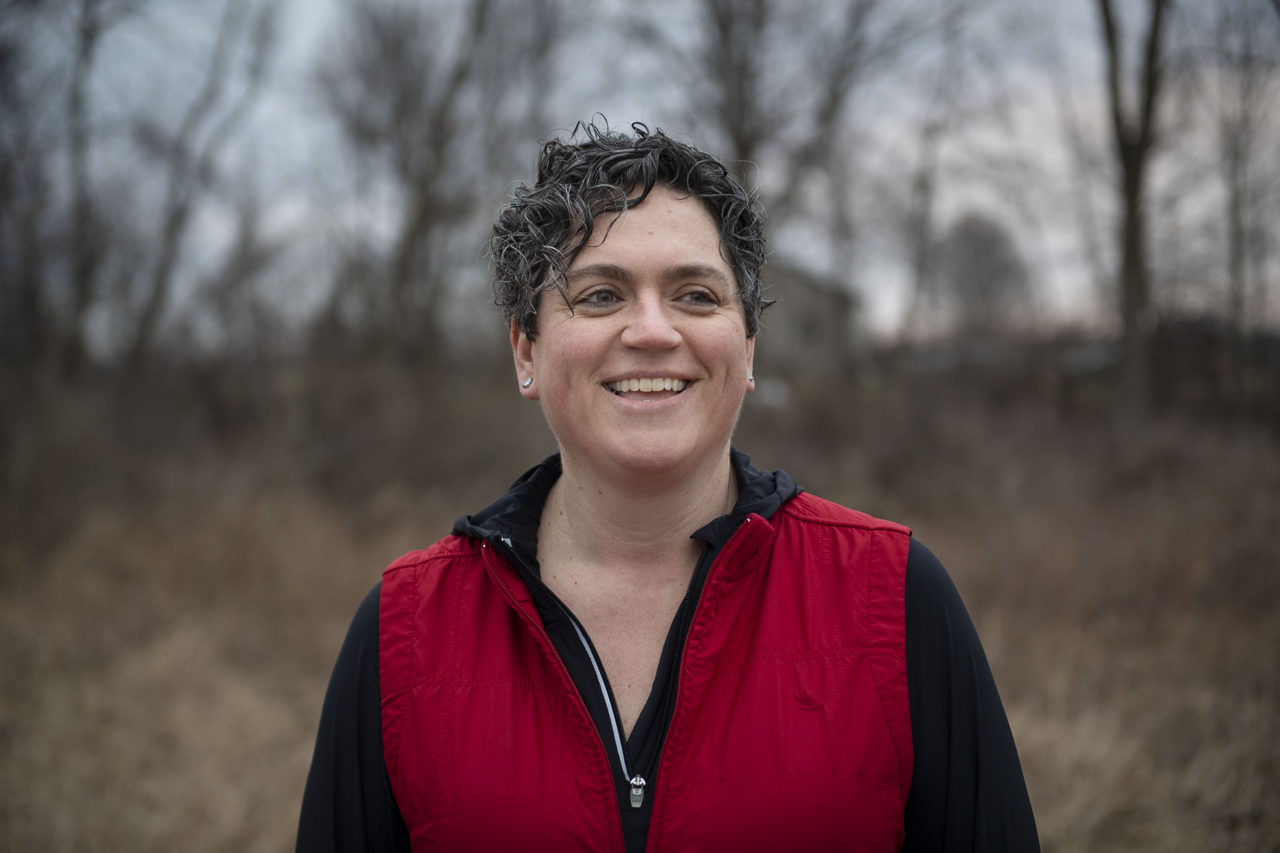
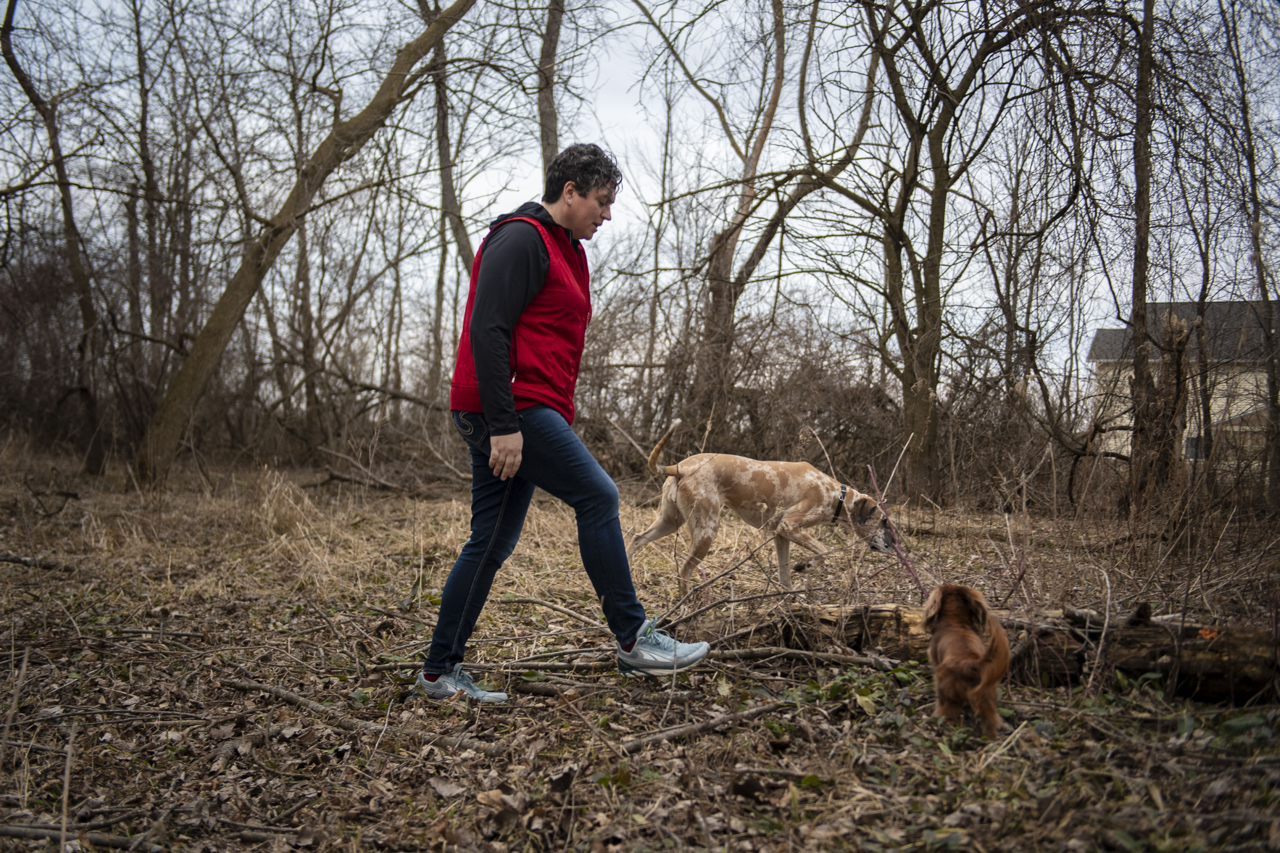
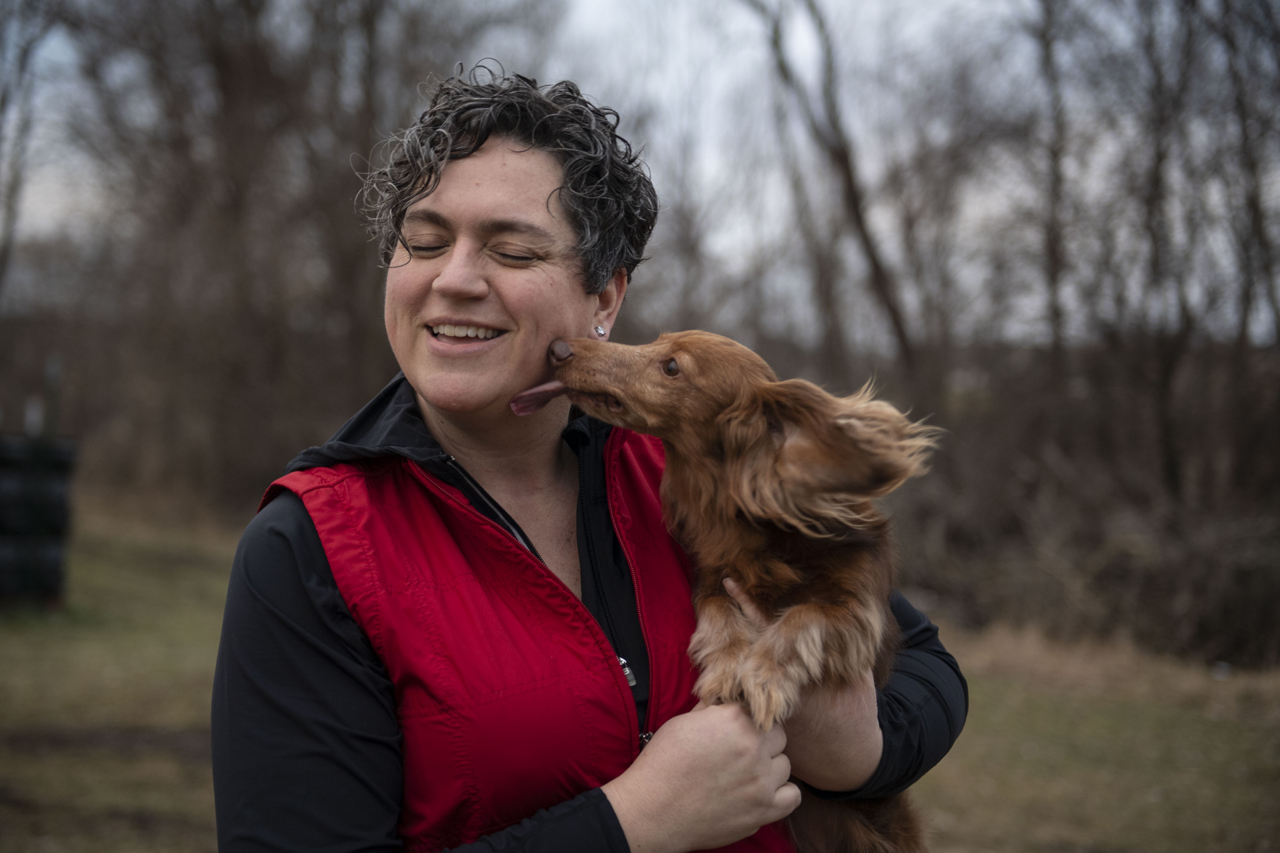
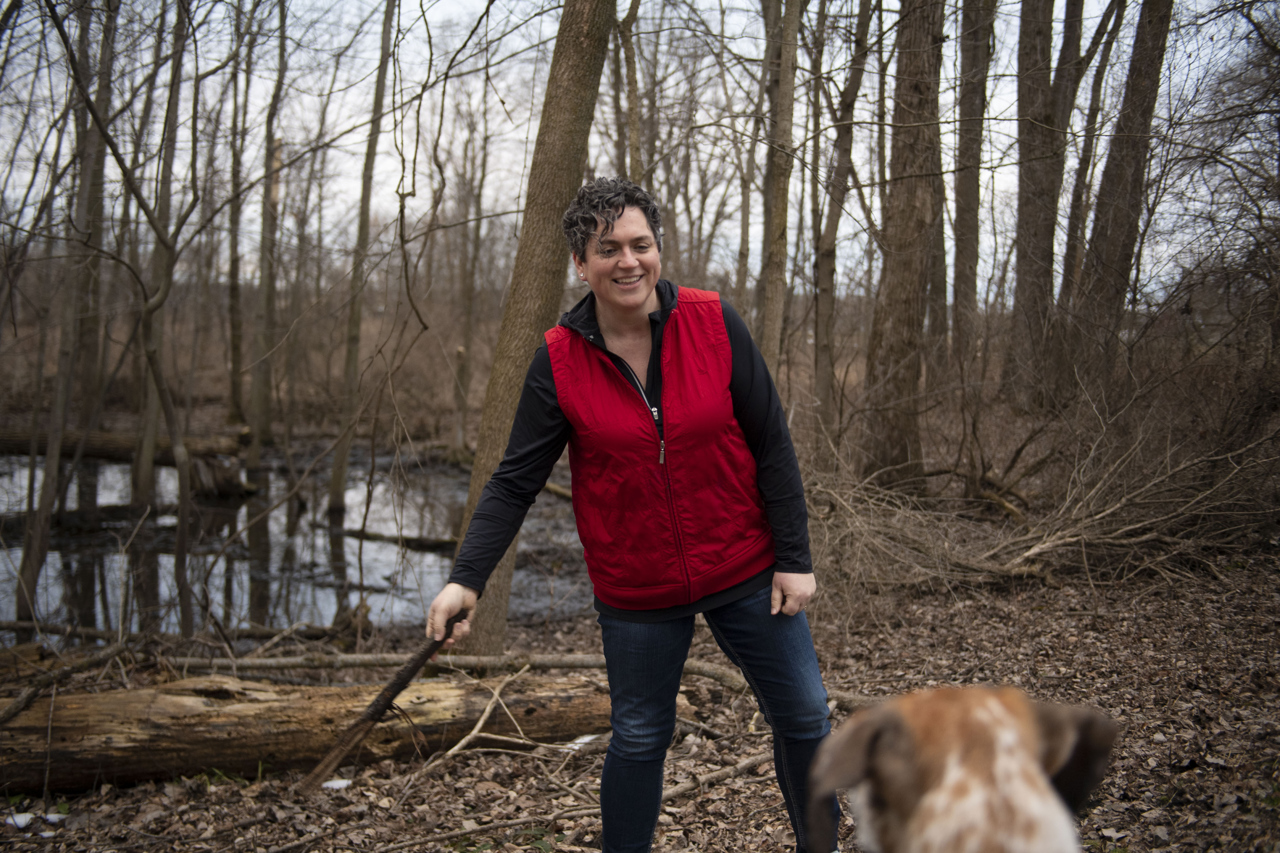

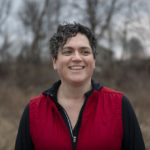


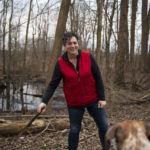
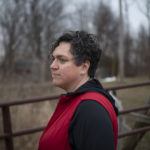
 /a>
/a>
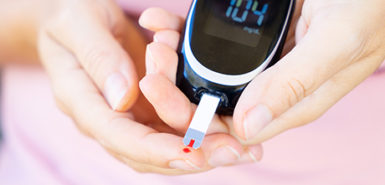 /a>
/a>
 /a>
/a>